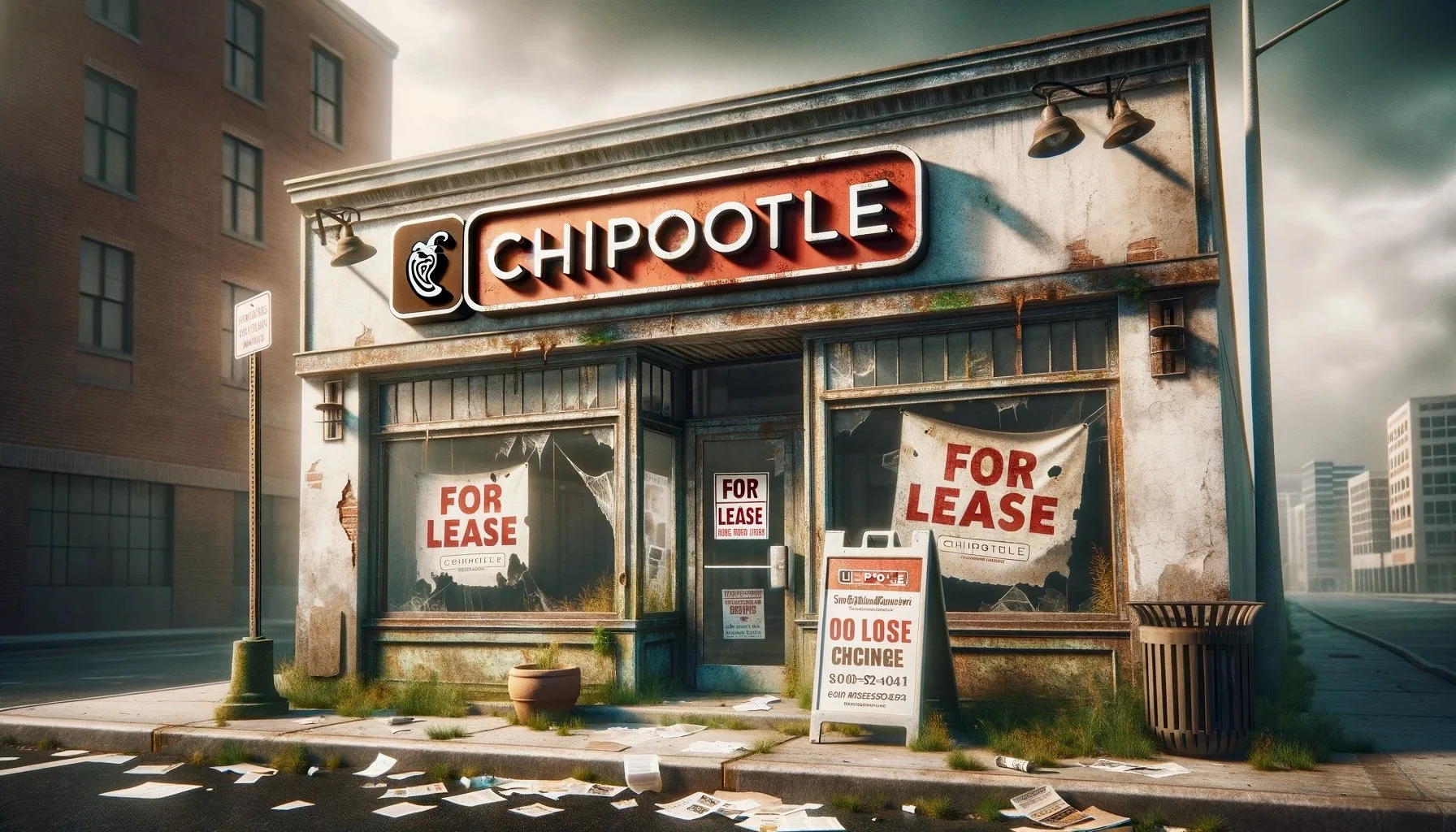As the 2024 election approaches, speculation about President Joe Biden’s potential candidacy is intensifying. At 81 years old, concerns about Biden's age and health are becoming more prominent, with recent stumbles and public mistakes fueling doubts about his ability to serve another term. If Biden decides not to run, the Democratic Party will need to quickly rally behind a new candidate, which could significantly alter the election dynamics.
Kamala Harris: The Likely Successor?
Vice President Kamala Harris would be a natural successor if Biden steps aside. However, her path is not without challenges. While she has made strides in key areas such as reproductive rights and has improved her standing among Black voters, she still faces skepticism from a broader electorate. Polls indicate mixed perceptions about her leadership and trustworthiness, particularly among independents and moderates.
The Trump Factor
Should Biden not run, and now that Trump has secured the Republican nomination, the election could become a highly unpredictable contest. Historically, incumbents or their party successors have a variable success rate. Trump's strong base and significant presence in the media continue to make him a formidable contender.
What’s Next for Democrats?
If Biden steps down, Democrats will need to ensure a unified front to maintain their chances. Harris has the opportunity to redefine her public image and build a stronger campaign narrative, especially in debates and campaign events leading up to the election.
FINAL THOUGTHS
In summary, Biden's potential withdrawal could reshape the 2024 election landscape, making it a critical juncture for both parties as they navigate this high-stakes political scenario.














